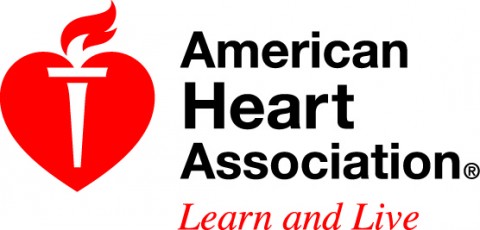 Dallas, TX – According to new research in the American Heart Association’s journal Hypertension new guidelines that classified more children as having elevated blood pressure are better at predicting which kids are likely to develop heart disease when they reach adulthood.
Dallas, TX – According to new research in the American Heart Association’s journal Hypertension new guidelines that classified more children as having elevated blood pressure are better at predicting which kids are likely to develop heart disease when they reach adulthood.
The guidelines were issued by the American Academy of Pediatrics (AAP) in 2017 and endorsed by the American Heart Association.

Compared with the 2004 guidelines from the AAP, the 2017 guidelines increased the number of children classified as being in higher blood pressure categories, but it was not clear if the new criteria effectively identified children who were at higher risk of premature heart disease.
“After reviewing years of information from the Bogalusa Heart Study, we concluded that compared with children with normal blood pressure, those reclassified as having elevated or high blood pressure were more likely to develop adult high blood pressure, thickening of the heart muscle wall and the metabolic syndrome – all risk factors for heart disease,” said Lydia A. Bazzano, M.D., Ph.D., senior author of the study and associate professor of epidemiology at the Tulane School of Public Health and Tropical Medicine in New Orleans.
The Bogalusa Heart Study enrolled participants in childhood and has followed them for 36 years. Childhood test results on 3,940 children (47 percent male, ages 3-18 years and 35 percent African-American) and adult follow-up revealed that:
- 11 percent of the participants would be identified as having high blood pressure using 2017 guidelines, compared with 7 percent using 2004 guidelines; and
- 19 percent of those with high blood pressure under 2017 guidelines developed thickening of the heart muscle during the follow-up period, compared with 12 percent of those considered to have high blood pressure under 2004 guidelines.
Not all children identified with high blood pressure under the new guidelines will require medication for the condition.
“For most children with high blood pressure that is not caused by a separate medical condition or a medication, lifestyle changes are the cornerstone of treatment. It’s important to maintain a normal weight, avoid excess salt, get regular physical activity and eat a healthy diet that is high in fruit, vegetables, legumes, nuts, whole grains, lean protein and limited in salt, added sugars, saturated – and trans- fats to reduce blood pressure,” said Bazzano.
The study is limited by the lack of data on actual heart attacks and strokes during adulthood. That data is currently being collected, according to the researchers. Results on participants in the Bogalusa Heart Study, who are from one community in Louisiana, may not be generalizable to the nation as a whole.
Co-authors are Tingting Du, M.D., Ph.D.; Camilo Fernandez, M.D., M.S.; Rupert Barshop, M.P.H.; Wei Chen, M.D., Ph.D.; and Elaine M. Urbina, M.D., M.S.P.H. Author disclosures are on the manuscript.
The National Institute on Aging, National Heart, Lung and Blood Institute, and the National Institute of General Medical Sciences funded the study.
Additional Resources:
- View the manuscript online.
- Commonly Asked Questions About Children and Heart Disease
- Dietary Recommendations for Children
- Follow AHA/ASA news on Twitter @HeartNews



